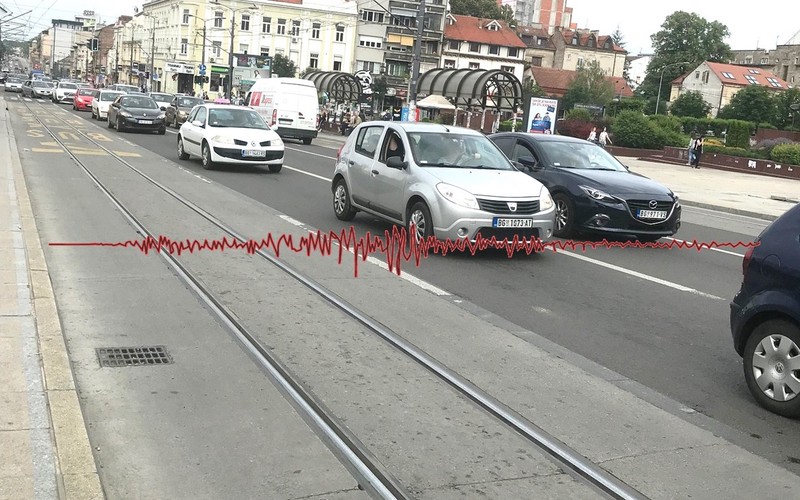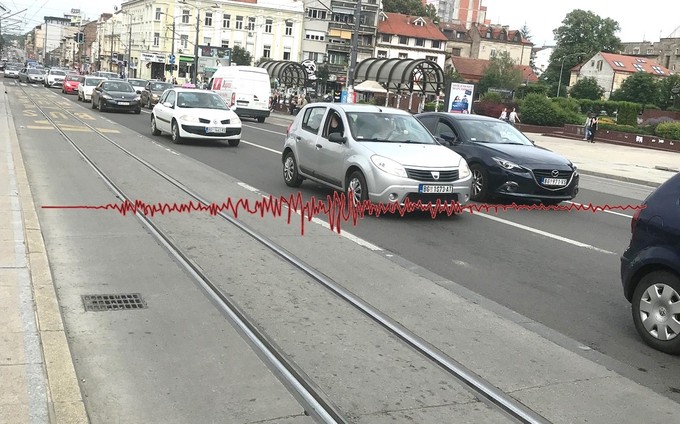Rapid urbanization of modern cities has led to the construction of buildings near roads, highways, and railways. In the last few decades the use of new high-strength structural materials has resulted in taller, lighter, and more slender buildings than ever, which are consequently susceptible to excessive traffic-induced vibration. The main sources of traffic-induced vibration in cities are buses, trucks, and trams, as well as subway cars. Vibrations are mostly generated due to road and track irregularities and vehicle imperfections. Vibrations induce waves that propagate through the soil in all directions and affect the surrounding buildings, causing them to vibrate. Traffic induced vibrations rarely cause damage to structures but can cause vibration serviceability issues, such as annoyance to human occupants in buildings and dysfunction of vibration sensitive equipment.

Traffic-Induced <br>Vibration
Research topics
